WOBO thanks Create Digital for their updates in terms of developments within Australia.
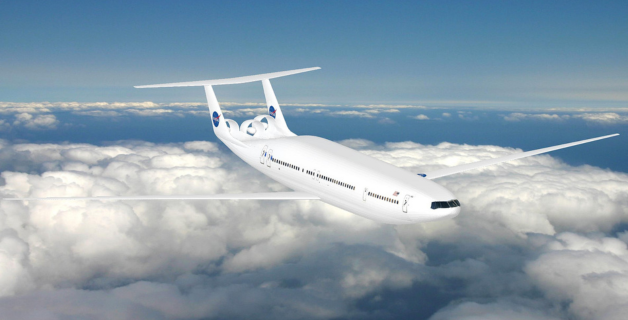
Are these radical aircraft designs the future of aviation?
An aerospace engineer judges the viability and carbon efficiency of nine innovative passenger aircraft designs, including a plane with three sets of wings and one designed to look like a bird.
Do these aeroplane designs represent the future of commercial aviation?
Take the blended wing design, where fuselage and wing are one. The concept, seen in various iterations over the decades, is touted as being energy-efficient without impacting aerodynamics; the CEO of aviation startup JetZero said that the company’s blended wing design would reduce fuel burn and emissions by 50 per cent.
Then there’s the tri-wing design, featuring three sets of wings arranged down the fuselage and a pair of rear-mounted engines. A prototype from SE Aeronautic is estimated to reduce fuel use by 70 per cent while seating 264 passengers.
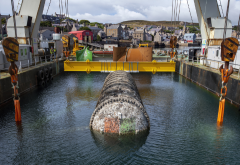
How effective is undersea cooling of data centres?
Data centres located under the ocean depths could help improve efficiency and, for populations living along the coast, help solve the issue of latency.

Australian-made breakthrough to ease motor neurone disease burden
A device developed by Australian engineers could help sufferers of motor neurone disease and other conditions control electronics with their thoughts.
For the past decade, engineers have been transforming the electrical impulses in the brain into signals that can, for instance, move a cursor on a screen or enter text. This technology has immense potential to expand the freedom of those with some mobility restrictions, such as people with paralysis or sufferers of motor neurone disease (MND).
However, the problem has been that recording the brain’s activity has required invasive equipment: the best signals come from electrodes inserted beneath the skull.
“They can put one or 200 penetrating electrodes — like a bed of nails — down into the brain and record an extremely high-fidelity signal,” said Professor David Grayden FIEAust, the Clifford Chair in Neural Engineering at the University of Melbourne. “They can pick up quite detailed signals from the brain, but at the expense of actually having to poke electrodes down into the brain tissue.”
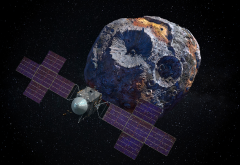
In the race for space metals, companies are hoping to cash in
Mineral-rich asteroids could reduce the burden on earth’s resources. But will the industry
live up to its promise?
Mining asteroids could, in theory, reduce the burden on Earth’s resources. Will it live up to its promise? Explore how companies such as AstroForge are striving to infinity and beyond, in an article originally published by Undark.
In April 2023, a satellite the size of a microwave launched to space. Its goal: to get ready to mine asteroids. While the mission, courtesy of a company called AstroForge, ran into problems, it’s part of a new wave of would-be asteroid miners hoping to cash in on cosmic resources.
Potential applications of space-mined material abound: asteroids contain metals such as platinum and cobalt, which are used in electronics and electric vehicle batteries, respectively. Although there’s plenty of these materials on Earth, they can be more concentrated on asteroids than mountainsides, making them easier to scrape out.
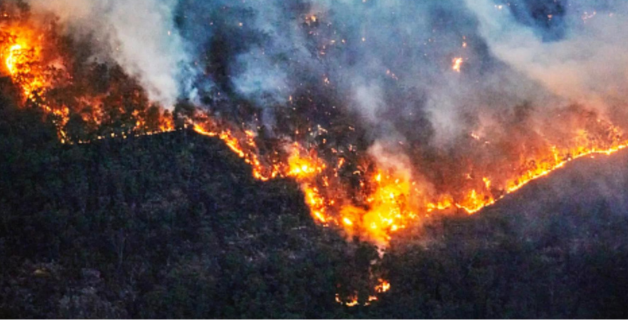
New benchmarks in structural fire testing released
One of the leading fire-testing facilities in the Southern Hemisphere is giving these Australian researchers extraordinary new insights into fire engineering.
Pioneering numerical and experimental studies at Victoria University will help urban planners and transport agencies predict the spread of bushfires and make tunnels safer for drivers.
The Victoria University Fire Research Group is working on a series of cutting-edge fire safety engineering projects that include detailed studies of fundamental combustion processes, the application of fire safety engineering in practice and how fires affect the lining of tunnels.
The results are used to verify the fire resistance of materials and the potential for concrete spalling (removing the surface to expose reinforcements) and demonstrate the likely spread of fast-moving bushfires.
The Structural Fire Testing Facility on the university’s Werribee Campus can monitor full-scale tunnel lining concrete tests in real time.
The next-generation fire testing facility is equipped with a large 4x3x3 m furnace, structural test rigs and a room that allows fire tests to be conducted according to ISO 17025 testing standards.
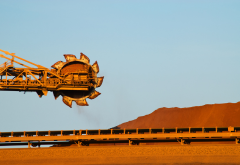
Why integrating systems is essential for zero-carbon mining
Rather than focusing on specific machinery, engineers will need
to use systems thinking to make zero-carbon mining a reality.
In designing a zero-carbon mining operation and an engines-off mining capability so all power can come from renewables, Bellevue Gold Managing Director and CEO Darren Stralow quickly realised success involved looking at the entire system.
Instead of electrifying a single truck fleet, or focusing on building solar and wind farms, or incorporating electric hoists, a broader focus on how every part of the mining process must work together is essential.
“To be net zero, which is our target, we have had to go through a hierarchy of control to show that we have avoided, reduced or eliminated carbon emissions as far as possible,” Stralow told create.
